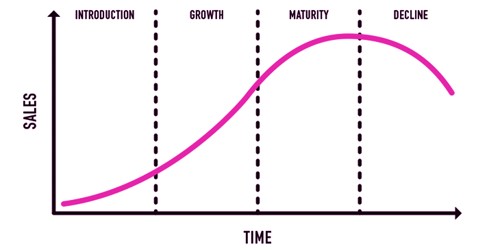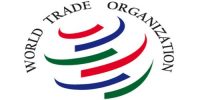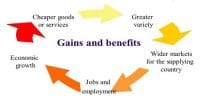Product Life Cycle Theory of International Trade
Raymond Vernon, a Harvard Business School professor, developed the product life cycle theory in the 1960s. Products come into the market and steadily depart all over again. According to Raymond Vernon, each manufactured goods has a definite life cycle that begins with its expansion and ends with its decline. Product Life Cycle is defined as, “the sequence through which every product goes through from introduction to removal or ultimate downfall.”
The theory, originating in the field of marketing, stated that a Product life cycle has three distinct stages:
- New product,
- A maturing product, and
- Standardized product.

(A) New product
In this stage, a firm in a developed or developing country will innovate or manufacture a fresh product for their customers. The market for these manufactured goods will be little and sales will be comparatively small as a result. The firm’s marketing executives have to strongly observe buyer reactions to ensure that the new product satisfies customer needs. Characteristics of this stage include:
- Vast promotional costs are compulsory to enhance the consciousness of customers.
- A marketer has to undertake procedural and manufacture troubles.
- The sale is low and growing at a lesser rate.
- There is a loss or an insignificant profit.
(B) Maturity Stage
In the maturity stage of the Product Life Cycle, the manufactured goods are generally known and are bought by many customers. The innovating firm builds new factories to enlarge its competence and convince home and overseas demand for the products. Characteristics of this stage include:
- Sales enlarge at a decreasing rate.
- Profits initiate to decline.
- Marginal competitors put down the market.
- Customer preservation is given more prominence.
(C) Standardized product stage
The market for manufactured goods stabilizes. The product becomes more of a commodity, and firms are pressured to lesser their industrialized costs as much as probable by shifting production to facilities in countries with small labor costs. Characteristics of this stage include:
- Sales reduce quickly.
- Profits reduce more quickly than sales.
- Steadily, the company prefers to move resources to new products.
- Most of the sellers remove from the market.
The decline stage – At some point, however, the market becomes saturated and the product is no longer sold and becomes unpopular.
TVs, calculators and mobile phones are the most general examples of products which undergo the three-phase cycle. Although products which endure this life-cycle may be found, the legality of this theory is very limited.
Assumption
The theory assumed that production of the new product will occur completely in the home country of its innovation. In the 1960s this was a useful theory to explain the manufacturing success of the United States. US manufacturing was the globally dominant producer in many industries after World War II.
This theory assumed the product progresses through these stages, and the production will happen in the country it was invented. However, this theory doesn’t explain current international trade patterns when it comes to manufacturing and innovation around the world.
It has also been used to describe how the personal computer (PC) went through its product cycle. The PC was a new product in the 1970s and developed into a mature product during the 1980s and 1990s. Today, the PC is in the standardized product stage, and the majority of the manufacturing and production process is done in low-cost countries in Asia and Mexico.
The product life cycle theory has been less able to explain current trade patterns where innovation and manufacturing occur around the world. For example, global companies even conduct research and development in developing markets where highly skilled labor and facilities are usually cheaper. Even though research and development are typically associated with the first or new product stage and therefore completed in the home country, these developing or emerging-market countries, such as India and China offer, both highly skilled labor and new research facilities at a substantial cost advantage for global firms.
















